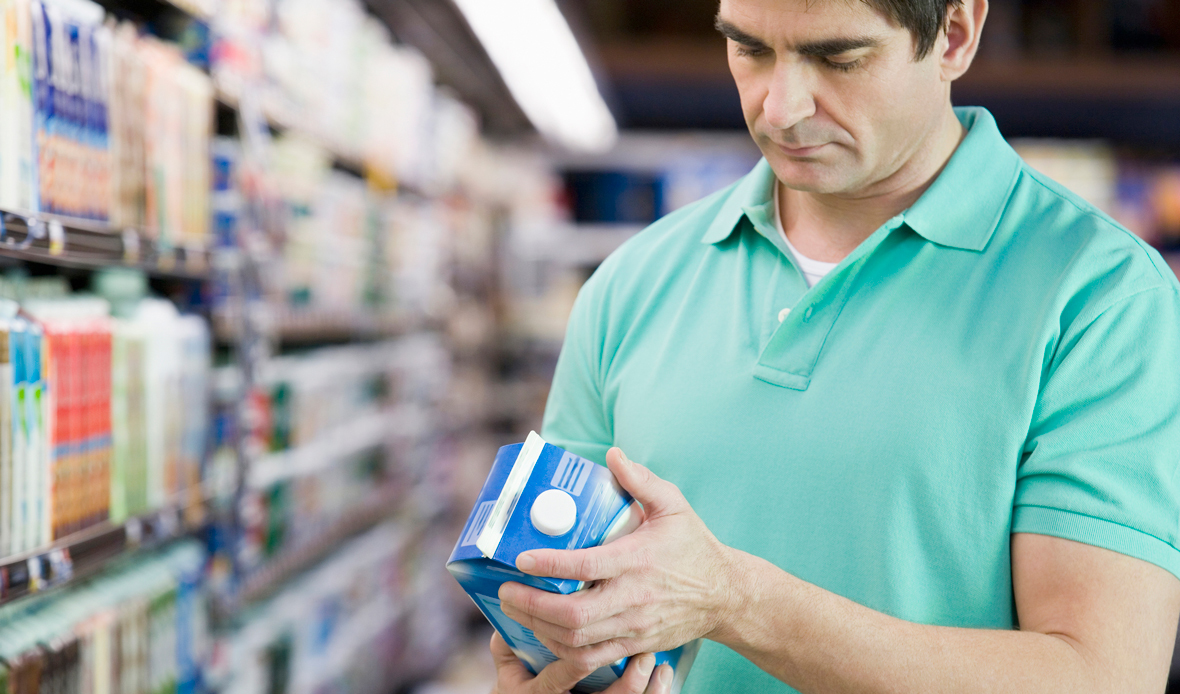
The next time you head to the grocery store, remember this: It’s important to “listen” to your food so you can make healthy choices.
And just how should you listen? With your eyes.
That's because the foods you buy offer a wealth of information if you can just take an extra 10 to 15 seconds to read the messages they’re sending by way of their Nutrition Facts Labels.
You’ve seen the chart on boxes, cans, and bags. Maybe it seems like Greek. But it’s much simpler than you think to interpret the information there.
And taking a few extra moments to check out what's on the outside of the foods you buy can make a huge difference in the nutrition you put inside your body.
Not enough people are following this practice. A study by the Academy for Nutrition and Dietetics found that just 1/3 of shoppers actually read nutrition labels. That's too bad. Because those who do1:
Work on your nutrition goals with one-to-one support from a MOBE Guide. Get started today.
References:
1. Christoph, M. et. al. (2018) Nutrition Facts Panels: Who Uses Them, What Do They Use, and How Does Use Relate to Dietary Intake? Journal of the Academy of Nutrition and Dietetics. VOLUME 118, ISSUE 2. https://jandonline.org/article/S2212-2672(17)31706-9/fulltext
2. American Heart Association. How much sugar is too much? https://www.heart.org/en/healthy-living/healthy-eating/eat-smart/sugar/how-much-sugar-is-too-much